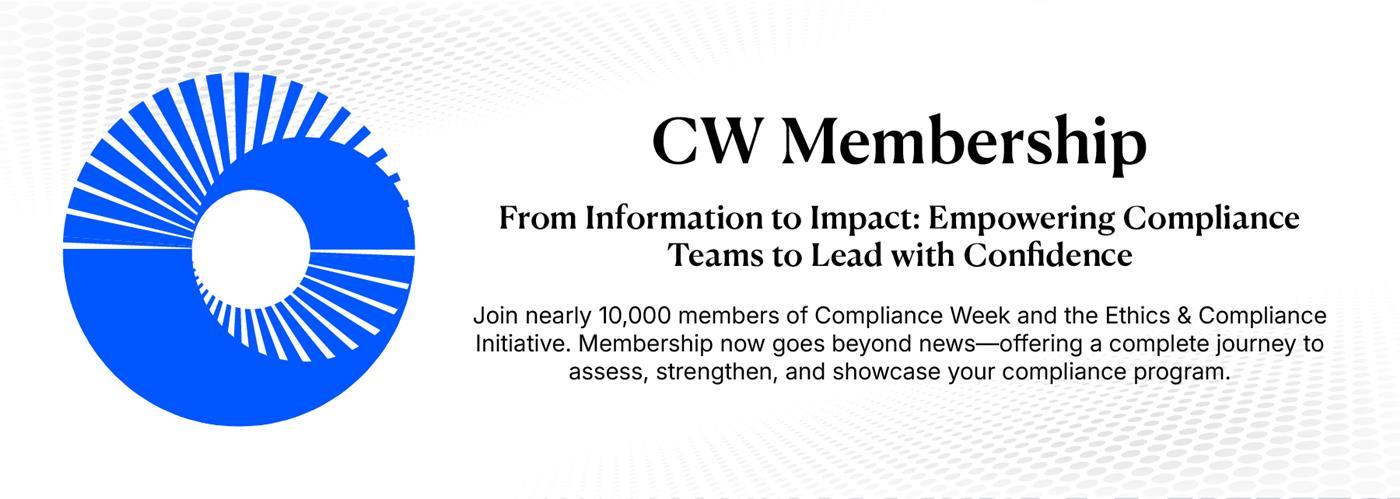Decision Debt: The silent crisis undermining compliance and governance

Compliance reporting often tells a reassuring story. Dashboards show issue counts trending down, remediation plans are documented, and boards receive evidence of progress. Yet behind the optics, the same root problems resurface quarter after quarter. The real risk is not poor tracking or missed deadlines, but something more fundamental: unresolved decisions.
This is the crisis few compliance leaders are willing to name. Programs collapse under the weight of “decision debt,” the backlog of unclear or deferred choices that quietly accumulates in governance structures. Decision debt undermines remediation, frustrates regulators, and leaves organizations vulnerable. Until it is confronted directly, even the most sophisticated compliance programs remain fragile.
So, what is decision debt? And why should it matter to compliance officers?
THIS IS MEMBERS-ONLY CONTENT
You are not logged in and do not have access to members-only content.
If you are already a registered user or a member, SIGN IN now.












